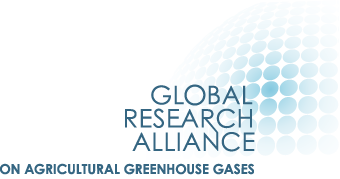This is a collection of information and examples describing how countries have used different data sources, methods, approaches and institutional processes to adapt and continually improve a Tier 2 approach for estimating livestock GHG emissions in national GHG inventories. The collection provides numerous case studies of how different countries have applied Tier 2 approaches in the livestock sector. These case studies are intended to inform about the practical methods countries use to compile their livestock GHG inventories and to stimulate those involved in livestock GHG inventories to devise methods for improved inventories that are suited to their national context. The collection also provides links to more formal guidance from the IPCC and other sources.
The collection is based on a review of GHG inventory submissions by 63 countries that currently (2017) use a Tier 2 approach. Enteric fermentation is the largest livestock emission source, and most countries have applied a Tier 2 approach to cattle. The collection, therefore, focuses on the use of Tier 2 approaches in estimating enteric fermentation emissions from cattle, although links with an estimation of cattle manure management methane emissions are also discussed.
All material in this document are provided in an online format in MRV in Practice and Case Studies.
A Wilkes, S van Dijk
2018
Global Research Alliance on Agricultural Greenhouse Gases, CGIAR Research Program on Climate Change, Agriculture and Food Security, UNIQUE Forestry and Land Use

